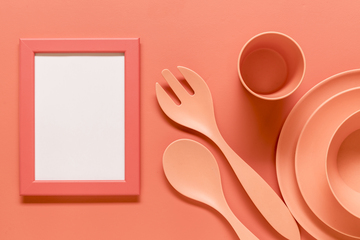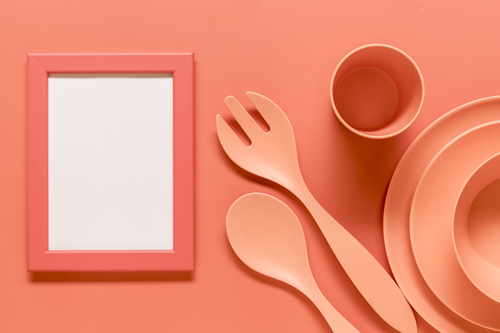Description
Introduce Books, Storytelling And Narration -- EditedBooks play a vital role in both brain development and language skills. They’re also the first step towards gross motor skill development (holding books, turning pages). I had introduced cloth books & soft sponge books to her when she was two months old, board books from five months, and paper books after she turned a year old. She liked colourful objects, animals, birds & shapes till around nine months and then loved listening to simple short stories from illustrated books (no fairy tales). And activity books (match the shadows, pairing similar objects) after she turned 2.
3. Ask Questions To Stimulate The Thinking Process
As I introduced the books, I named the objects she was seeing in all the languages I knew. Then I gradually started describing them (shape, colour, use). I explained the environment in which they are found and constantly asked her questions. For example, pointing at a rabbit, instead of asking “what is this?” I asked her, “it has long ears, a short fluffy tail, is soft & white like cotton. What is it?”. I continued with the exercise even when we went out to some shop or mall. We played the “I spy” game in the house & outdoors. I would describe objects and ask her to identify them. It was fun.
4. Let Your Kids Explore - Touch, Feel, Smell, Taste
I encouraged the natural tendency that kids have to explore the world around them. (But of course, with discretion). I never stopped her from playing with stones or mud in the garden, things like tasting sour lime or bitter gourd, smell a flower on the plant, etc. She learned by herself that stones were hard, mud was soft, ice was cold, the paper could be torn with hands and rubber bands were elastic & so on. Things that were not safe for her we explained to her & kept out of reach- like touching a hot cup of tea could burn her skin, pressing against a glass door could break the glass, playing with a sharp object could hurt, etc.



